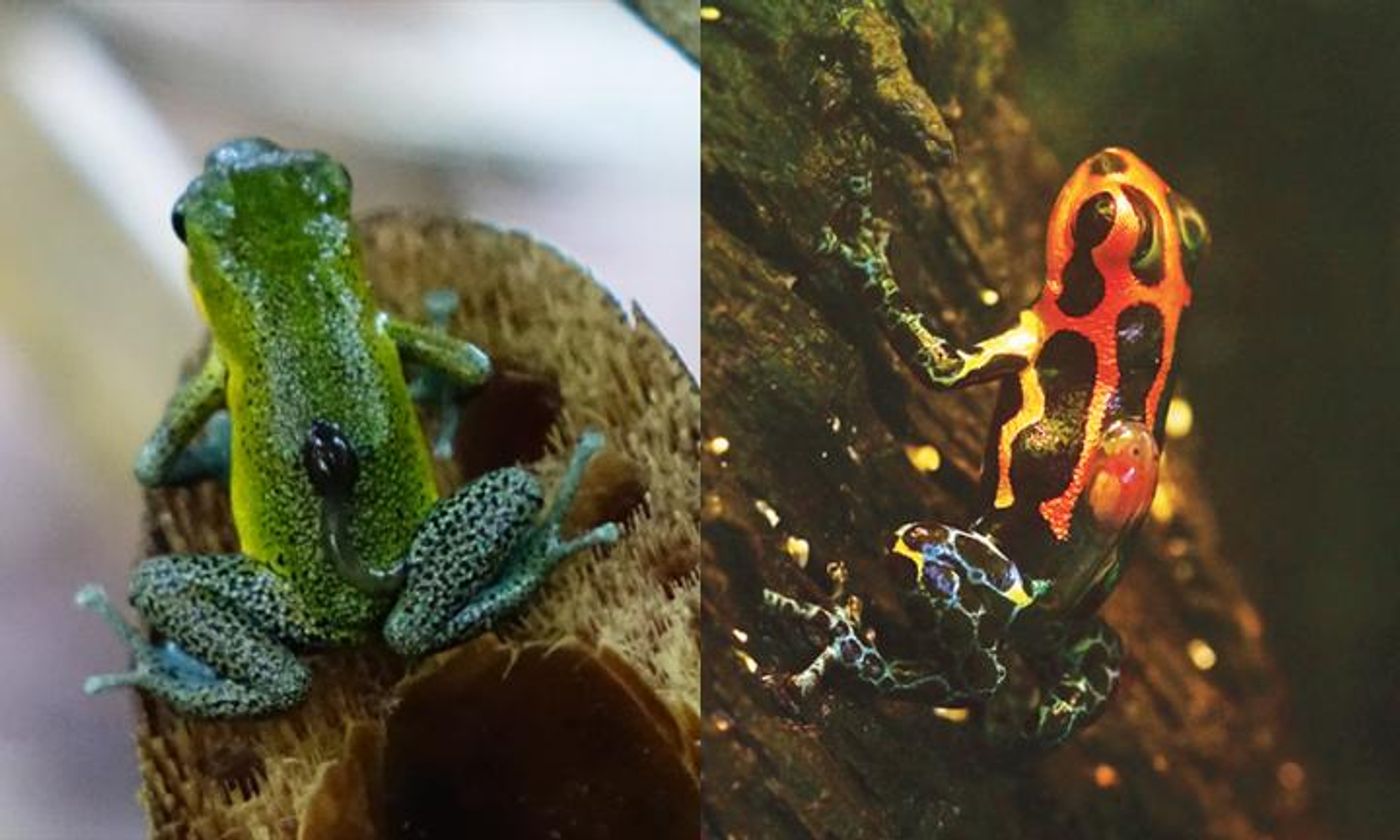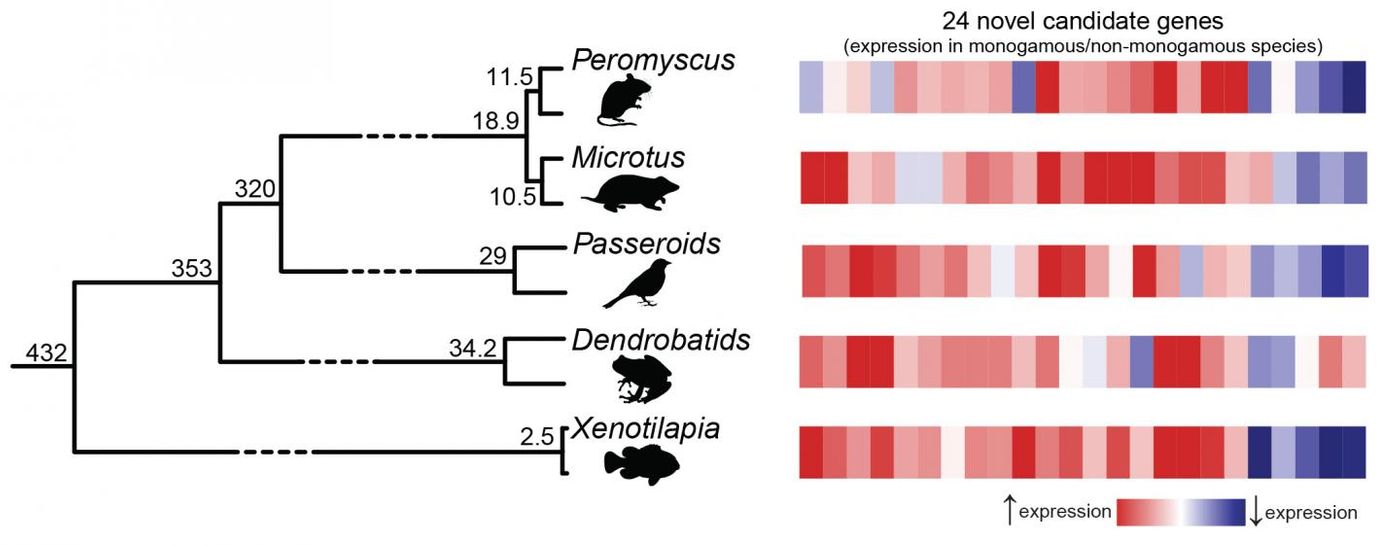A Genetic Recipe for Monogamy
Is it natural to remain committed to a mate for life? Researchers at the University of Texas Austin have used genetics to learn more about monogamy. After assessing ten different vertebrate species, they found that monogamous animals have shared gene expression patterns. The researchers suggested that a universal recipe underlies the evolution of monogamy in vertebrate species. The findings have been reported in the Proceedings of the National Academy of Sciences (PNAS).
"Our study spans 450 million years of evolution, which is how long ago all these species shared a common ancestor," said the first author of the study, Rebecca Young, a research associate in UT Austin's Department of Integrative Biology.
For this study, the researchers called animals monogamous if they formed a pair bond with one mate through at least one mating season, and in some way shared the rearing and protection of offspring. In a bit of a loosening of the definition, animals were still considered monogamous even when they mated with another animal occasionally.
The scientists used using RNA-sequencing technology to analyze tissue samples from the species they selected, and reveal the active genes in those samples. Five pairs of species that were closely related were assessed - two fish, two frogs, two birds, and four mammals; for each species one member was monogamous, and one was not. Monogamy has evolved independently five times, and the five pairs were meant to represent those events. For example, these close relatives - monogamous prairie voles and non-monogamous meadow voles, which diverged at one time into different species.
In all ten species, the researchers looked at the active gene expression in the brains of the males, then used bioinformatics to detect patterns. They focused on the evolutionary changes in the animals that were very similar to each other. Based on similarities in the sequences, the researchers could group genes from species that were distantly related. They found a common evolutionary recipe that generated bonded pairs and co-parenting behaviors in the five monogamous species.
Although monogamy is a very complex behavior, the same gene expression changes were happening every time in different animals. The scientists suggested that there is a similar mechanism underlying the evolution of monogamy through changes in the transcriptome - the active genes. "Most people wouldn't expect that across 450 million years, transitions to such complex behaviors would happen the same way every time," Young said.
This work covers a longer timespan than previous studies; it spanned hundreds of millions instead of tens of millions of years of evolution.
You can learn more about research done on voles, and a follow-up study with humans that assessed whether monogamy had a genetic component, from this video by McGill University.
Sources: AAAS/Eurekalert! via University of Texas at Austin, PNAS










